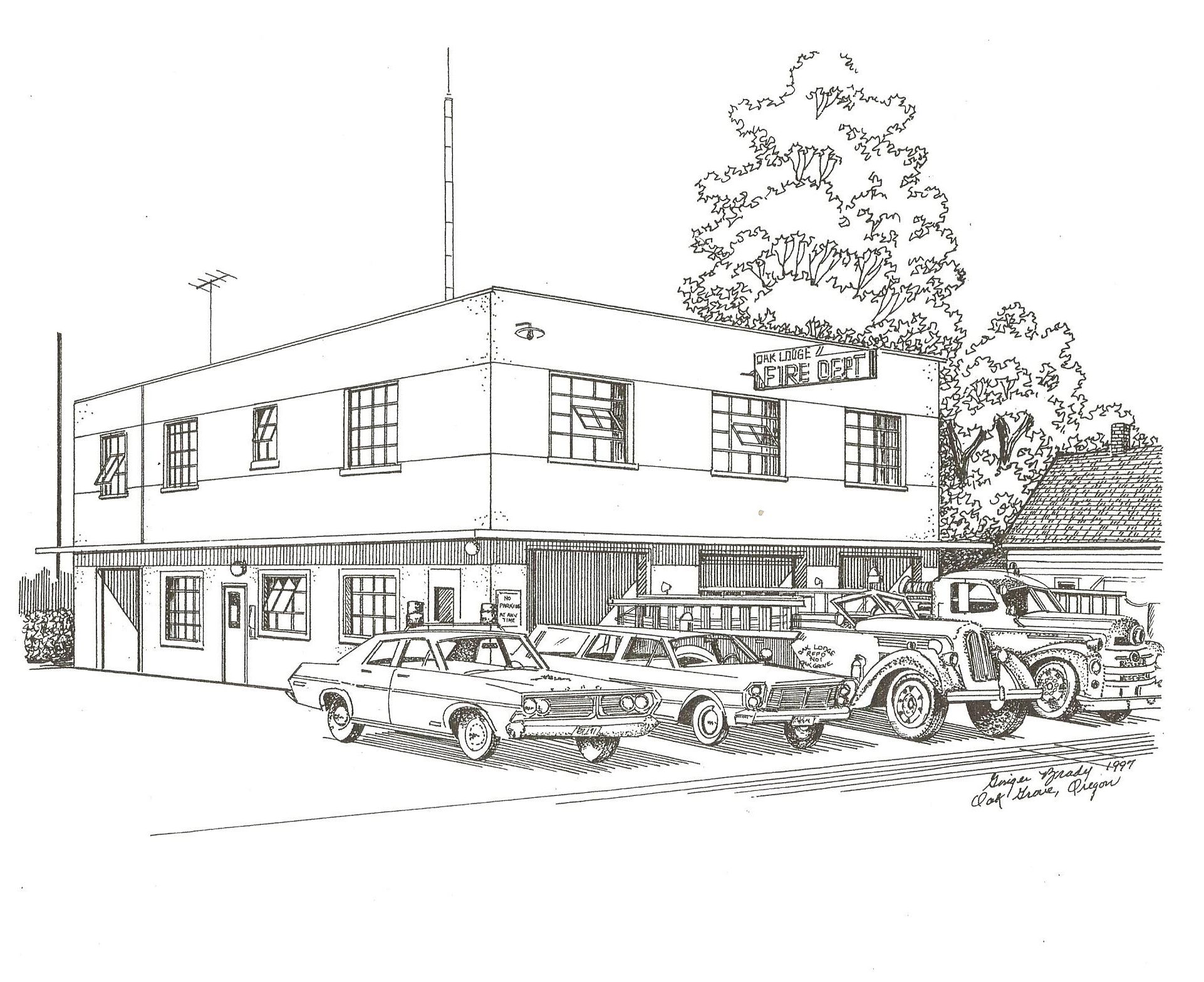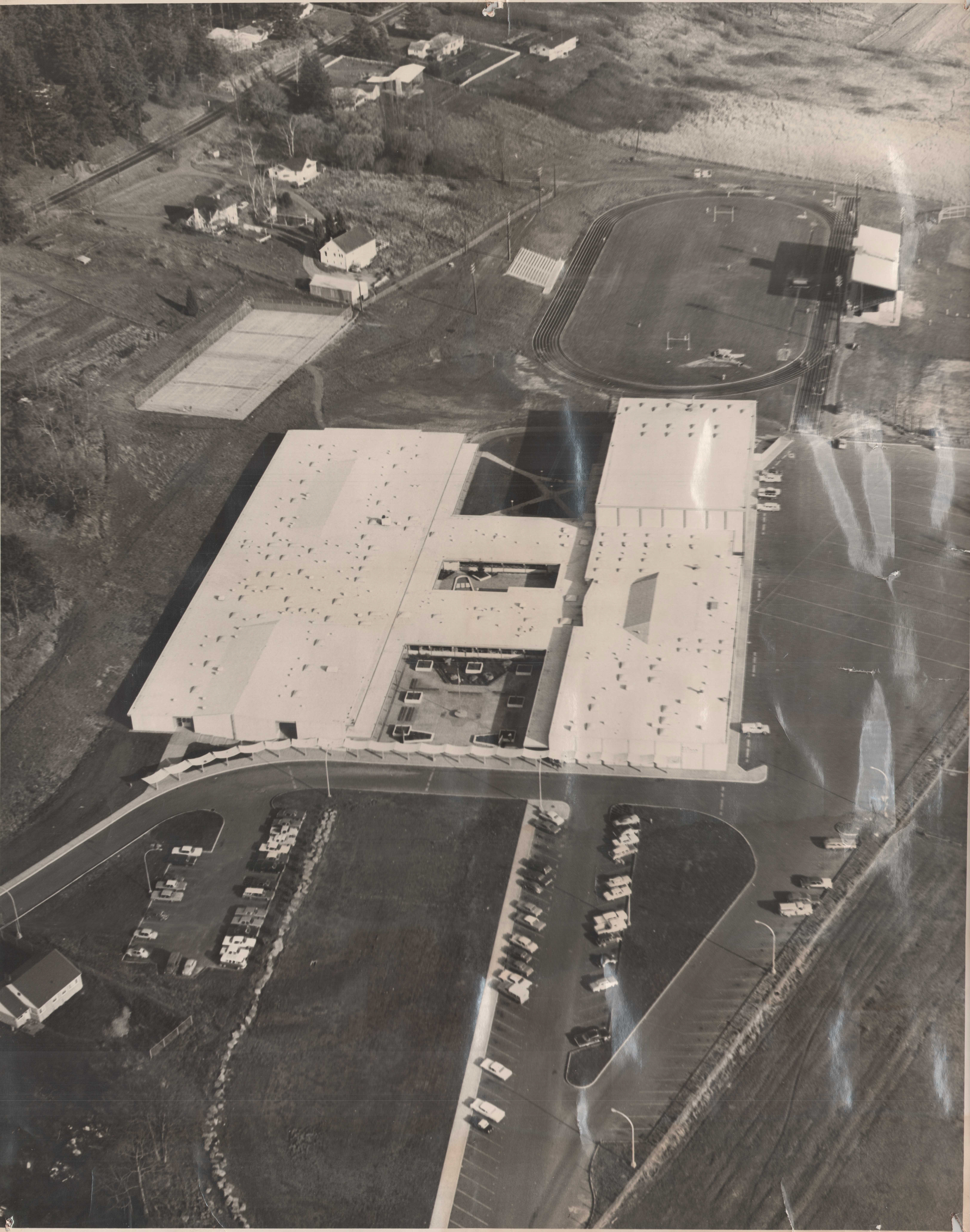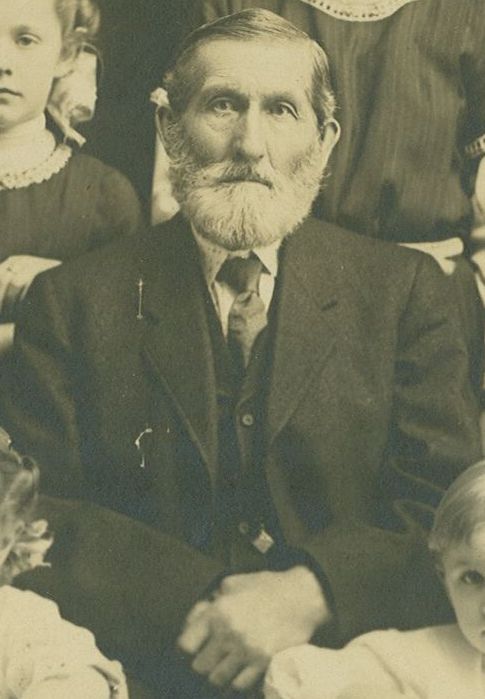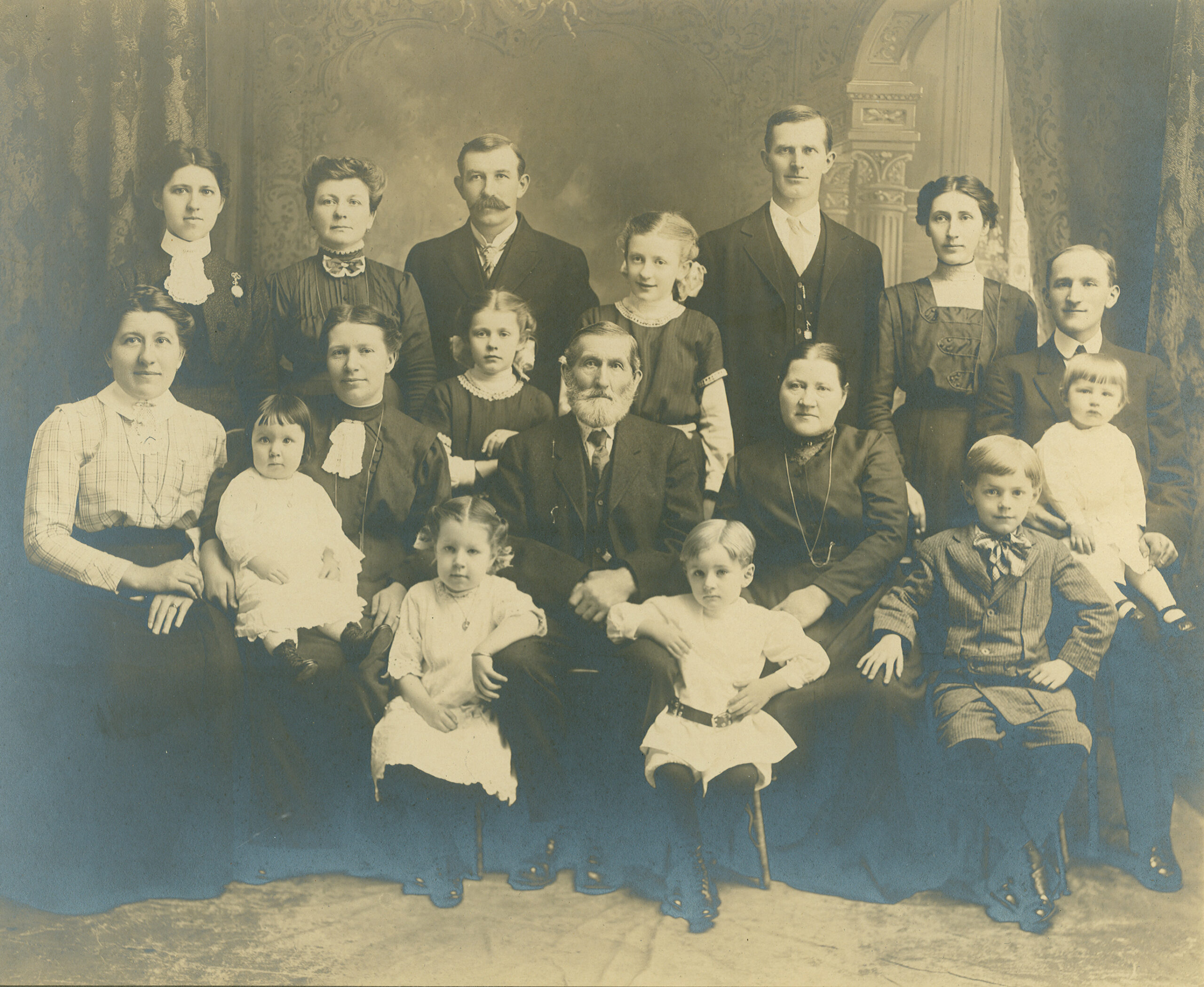Jennings Lodge
The 1893 completion of the East Side Railway Company between Portland and Oregon City triggered a wave of real estate development along its route, and the Jennings Lodge area was not immune. Land owners quickly learned that they could divide their property and sell lots at a profit. An influx of buyers, eager to move into the countryside, and able to easily commute to Portland or Oregon City, resulted in property values and taxes increasing. Farming and dairy began to give way to urbanization. Descendants of the earliest land owners in the area found financial security by subdividing their holdings. Land along the “interurban” route began to sell quickly, first nearer Milwaukie, then to the south toward Oregon City. As the lots nearest the railway line were taken, the demand for lots further west toward the Willamette River increased. Land Development Companies swooped in. The land rush was on.
The central portion of the Jennings Lodge community was first founded on the Donation Land Claim of Berryman and Martha Jennings in 1903 when their daughter Addie C. (Jennings) Hodgkin and her husband Frank E. Hodgkin platted the north half of the Jennings Donation Land Claim well after Berryman’s death in 1888 and Martha’s death in 1900. This was followed by Boardman’s Addition to Jennings Lodge in 1905 by Goodrich D. and Elizabeth Boardman; the First Addition to Jennings Lodge in 1906 by sons William B. Jennings and his wife Emma, and John F. Jennings and his wife Willa; Hull’s Addition to Jennings Lodge in 1912 by William and Emma Jennings; and much later Roethe’s Addition to Jennings Lodge in 1933 by Otto P. Roethe and his wife Carrie. The community known as Jennings Lodge expanded south into part of the Peter Rinearson Donation Land Claim and north into part of the Benoni Rogers Donation Land Claim. A fairly large piece of the early Jennings Lodge plats was developed by the Shaw-Fear Company, a Portland development and investment company owned by William A. Shaw and William H. Fear.
In 1907 half a dozen women in the Jennings Lodge area met to discuss organizing a school house of their own – separate from the Concord and Park Place schools – to reduce the distance and hazards their children had to deal with to get to school. William and John Jennings had set aside one parcel of their land for a school in 1906 when they platted the First Addition to Jennings Lodge, so land was already available. The Women’s Industrial Club was formed and its members worked toward forming a new school district and establishing its boundaries. In February 1908 the Jennings Lodge School District #114 became a reality and in September 1908 the first school building was complete. The initial boundaries for that school district were expanded to the south in 1910, acquiring a piece of the Gladstone School District. In 1913 the northern boundary was moved to half way between Naef and Roethe Roads, and east to the “Oregon City Car Line” (trolley line) track. In 1926 the area west of River Rd. and south to Rinearson’s DLC line was added. Eventually the east boundary of the school district zigzagged east almost as far as Oatfield Road nearest the Gladstone City Limits. This area, defined by the Jennings Lodge School District boundaries, then became the generally accepted area of what we call today Jennings Lodge.
There are two schools of thought as to the origin of the name Jennings Lodge. One was the fact that Berryman Jennings was a Mason, was the first Grand Master of Masons in Oregon in 1851 and remained very active in the Masons throughout his life until his death in 1888. During an interview at Jennings Lodge Elementary School in the 1970’s Wilmer Gardner, a Gladstone historian, stated “Berryman Jennings, Benjamin Stark and Joseph Brockler instigated Willamette Lodge in Portland. This was about two years after Oregon City Multnomah #1 instigated in the Masonic Order. When Jennings had gone to California after the 1850’s he was interested in Masonry and helped form a lodge in Sacramento. For a number of years there was a lodge down there called Berryman Lodge, then they changed it to Jennings Lodge, which is the reason they chose the name of Jennings Lodge for our community. This lasted some time during the gold rush and then they voted themselves out of existence by going into another organization and turning in their charter to the grand lodge.” Thus the name Jennings Lodge was probably adopted during Jennings’ lifetime as a way of honoring his leading role as a mason. If not adopted during Jennings’ lifetime the name was almost certainly adopted by his two sons when they developed their portions of their parents’ Donation Land Claim.
Another school of thought relates to the known existence of a Native American long house (or “lodge”) at “Finley Springs” on the edge of the Willamette River on Martha Jennings’ portion of their DLC at the foot of Hull Ave. Knowledge of the remnants of this long house was recounted by Vera Caufield, daughter of Robert F. Caufield and Emma Pope (a daughter of Martha Jennings by her first marriage) to Wilmer Gardner in later years.
May 3, 2013




